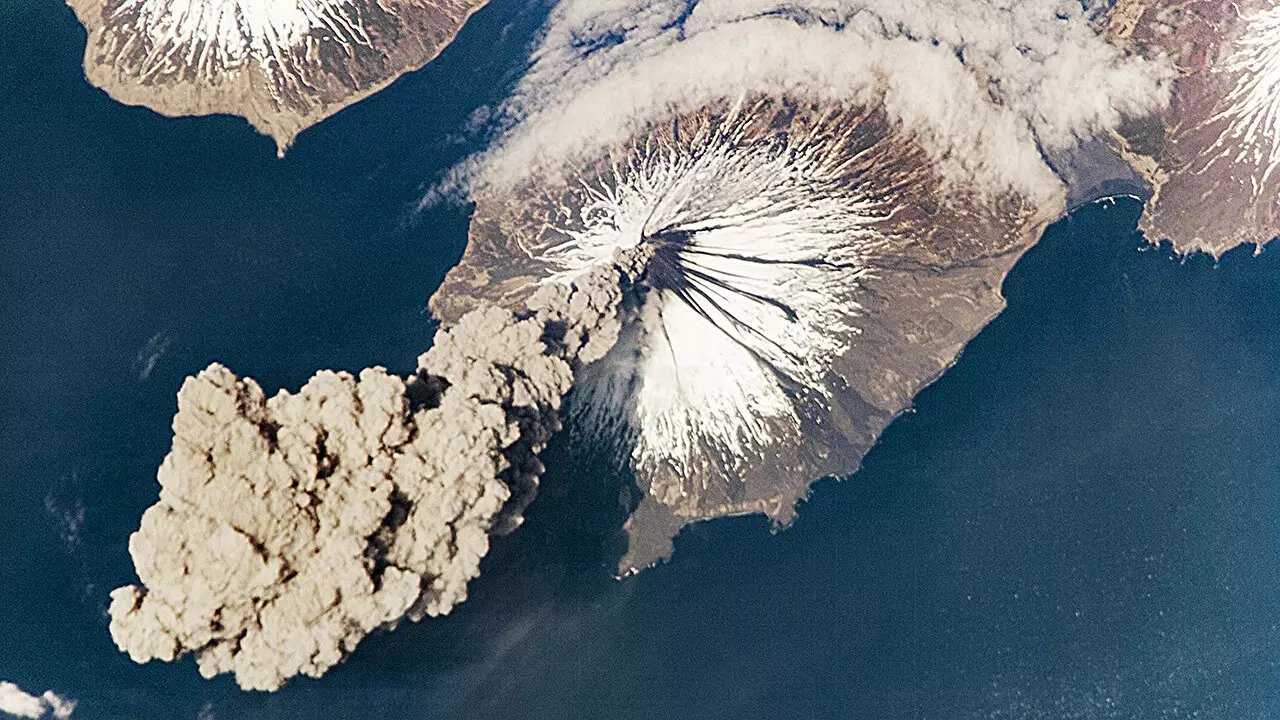Water, often perceived as a simple catalyst for life, reveals itself as a complex player in the dynamics of Earth’s geology, particularly in subduction zones. These tectonic environments, where oceanic plates dive beneath continental plates, create significant geological phenomena, including volcanic eruptions and earthquakes. The recent research published by G. S. Epstein and his colleagues in AGU Advances unveils critical insights into the interplay between water and the mantle, reshaping our understanding of subduction processes.
Insight into Mantle Hydration
As oceanic plates descend, they carry with them water absorbed during their formation. This water is released as the plates interact with Earth’s hot mantle, playing a pivotal role in the behaviors of surrounding geological structures. The research team conducted elaborate simulations of a 90-million-year-old plate subducting beneath a 10-million-year-old plate, focusing particularly on the fore-arc mantle wedge—the crucial region of the mantle located just beneath the overriding tectonic plate. Their focus on this area illuminates how mantle hydration strongly correlates with the thermal evolution of the subduction zone.
What’s particularly striking is the variability of the hydration process. Early subduction stages see the descending plate dehydrate, while the mantle wedge’s temperatures remain excessively high to foster the stabilization of hydrous minerals. Thus, during this period, any released fluids escape vertically, primarily contributing to melting and volcanic activity.
A Sweet Spot in the Middle Stage
However, the most fascinating discoveries emerge during the “middle stage” of subduction. This has been characterized as the ‘sweet spot’ for mantle hydration. During this phase, the descending plate’s leading edge remains thermally active while the fore-arc wedge is cooling. Water released from the plate rises efficiently into the wedge, fostering an environment rich in hydration and mineral formation. This dynamic interaction is essential, as hydration not only affects volcanic activity but also impacts the frequency and magnitude of earthquakes.
What Epstein’s team has unearthed reshapes existing understandings of subduction zones and may have profound implications for predicting geological events. Interestingly, their simulations suggest that the fore-arc mantle contains about ten times more water than prior estimates—an astonishing revelation that indicates this area alone holds a volume of water comparable to roughly 0.4% of the Earth’s oceanic water.
Water as a Geological Game-Changer
This research significantly impacts our broader comprehension of how water contributes to the cycling of elements within the subsurface, the ocean, and the atmosphere. By appreciating the sheer volume of water contained within these geological structures, we gain invaluable insights into the processes that drive volcanic eruptions and earthquakes.
As we delve further into these subterranean mysteries, it becomes ever clearer that water is not a passive component, but a dynamic force capable of reshaping our planet. The findings from Epstein and his team not only advance our understanding of Earth’s geology but simultaneously underscore the importance of water in the geochemical cycles that sustain life and geological activity. This research exemplifies the intricacies of Earth’s systems and pushes the boundaries of our geological knowledge.

